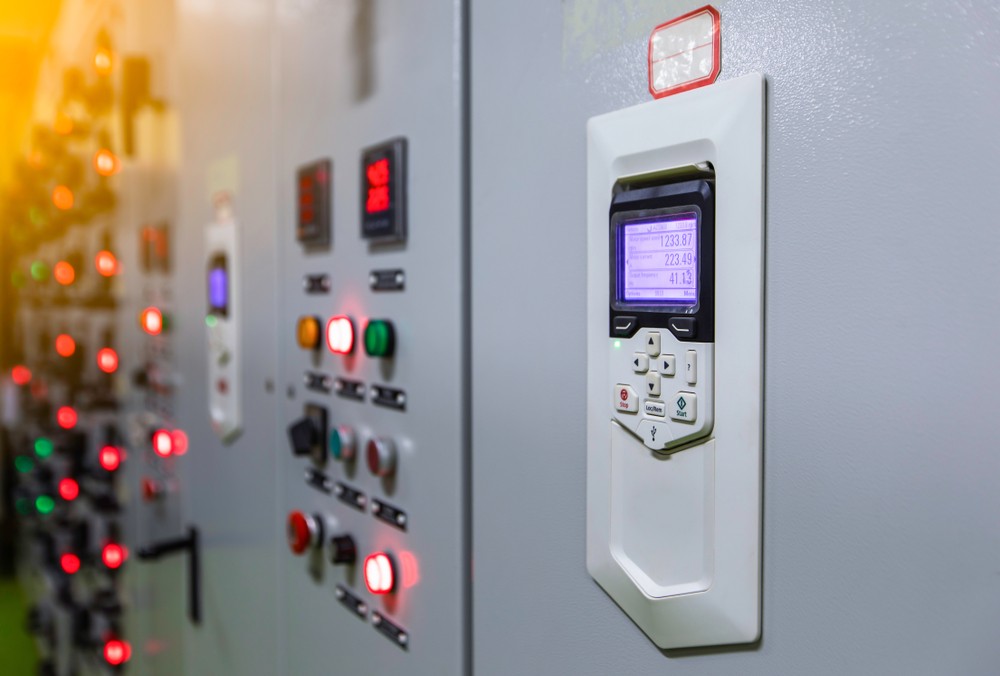Soft Start vs. VFD: Choosing the Right Motor Control

Motor control technology shapes everything from energy costs to equipment longevity in manufacturing operations. Soft starters and variable frequency drives (VFDs) both promise better performance than traditional across-the-line starters, but they solve different problems in distinctly different ways. Understanding these differences can help you choose the right solution for each application’s unique and specific demands.
Soft starters: The gentle giant approach
Soft starters reduce the initial rush of power that motors experience during startup, gradually ramping up voltage over several seconds instead of delivering full power immediately. This controlled approach delivers multiple benefits across manufacturing operations:
- Extended equipment life: Motors, pumps, and connected machinery suffer less wear when acceleration happens smoothly rather than abruptly. Conveyor belts don’t jerk into motion, pump impellers avoid cavitation damage, and gear boxes experience reduced stress.
- Improved power quality: Reduced inrush current prevents voltage dips that affect other equipment on the same circuit. Facilities with multiple large motors benefit significantly when simultaneous startups become less problematic.
- Simplified maintenance: These devices require minimal programming and offer straightforward operation. Troubleshooting remains relatively simple compared to more complex control systems.
- Reduced mechanical shock: Controlled acceleration eliminates the jarring startup that can damage couplings, belts, and other mechanical components throughout the drive system.
VFDs: The precision powerhouse
Variable frequency drives control both motor speed and torque by adjusting the frequency and voltage of power supplied to the motor. This transforms fixed-speed motors into variable-speed systems that deliver multiple operational advantages, including:
- Significant energy savings: Motors running at reduced speeds consume far less power than those operating at full speed with mechanical throttling. Pump and fan applications see dramatic energy reductions when flow requirements vary throughout operating cycles.
- Precise process control: VFDs enable speed regulation that mechanical systems simply can’t match. Production lines adjust speeds dynamically, HVAC systems modulate airflow based on demand, and pumps maintain constant pressure despite varying flow requirements.
- Operational flexibility: Single motor installations handle multiple operating scenarios through electronic speed changes rather than mechanical adjustments. This enables rapid response to changing process conditions.
- Enhanced automation integration: VFDs communicate with control systems to provide real-time feedback and accept commands for automated process optimization across entire manufacturing operations.

4 questions to guide your motor control choice
With both motor types offering distinct advantages, the question of which is best comes down to application. Which will provide better value, reliability, and performance? Use these simple questions to help clarify which technology fits your application:
- Does the application need variable speed operation? VFDs excel when motors need to operate at different speeds during normal operation. Soft starters only help during startup and shutdown phases.
- How important are energy savings? VFDs reduce energy consumption significantly in variable-load applications. Soft starters provide minimal energy benefits beyond reducing startup power demands.
- What’s the complexity tolerance? Soft starters offer simpler installation and operation. VFDs require more programming, parameter setting, and ongoing maintenance attention.
- Are there process control requirements? VFDs integrate with automation systems and provide precise process control. Soft starters focus solely on startup and stopping functions.
Making the right choice
Both soft starters and VFDs improve motor operation compared to traditional starters, but they serve different purposes. Soft starters excel in applications requiring gentle startup and simple operation. VFDs dominate when variable speed operation and energy efficiency matter most. The best choice is the one that addresses the concerns in front of you — and enables long-term motor performance and reliability.
